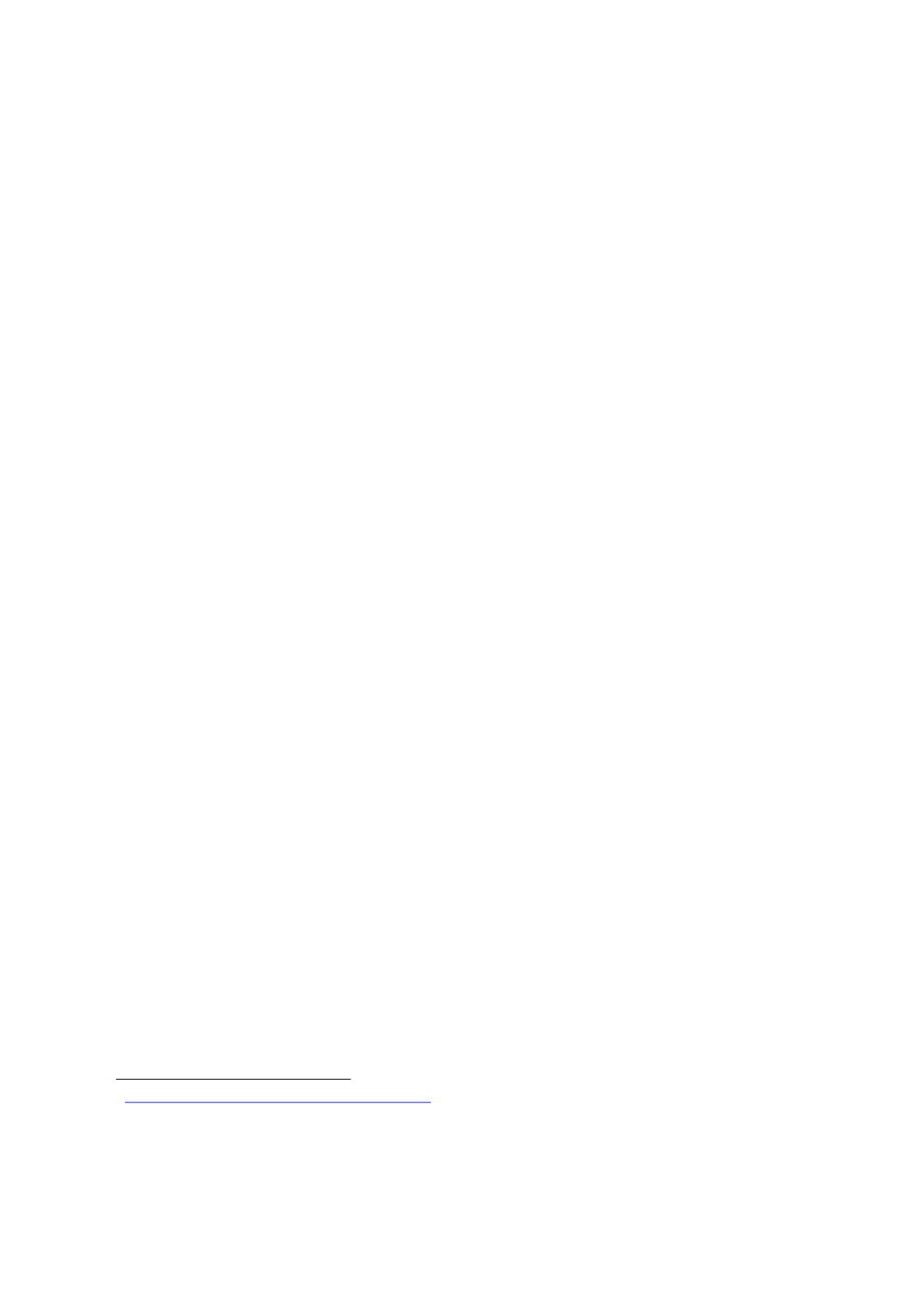

67
The enrollment share also varies within the secondary sector across academic and applied
stream. Most students are enrolled under the GCSE stream. Enrolment in the vocational stream
is around 10%. Access to basic education is equitable. Investment in basic education has been
prioritized in various development plan documents. By policy, the government has closed rural-
urban gap in provision by setting up a school in every village/ community with 10 or more
school-going children
6
. However, significant gap exists in the quality of education between rural
areas and the cities (UNICEF 2015). In contrast to the primary education, there are significant
social disparities in the country’s secondary education sector. A significant portion
(approximately one third) of the students drops out after the primary cycle, before completing
GCSE. Drop-out rate is higher among children from poor families and girls. Among those who
appear on the GCSE test, the majority of the students fail.
In Jordan, the universal and free provision of elementary education is guaranteed in the
constitution. According to Article 6, the government shall ensure work and education within the
limits of its possibilities, and it shall ensure a state of tranquility and equal opportunities to all
Jordanians while Article 20 states that elementary education shall be compulsory for Jordanians
and free of charge in government schools (WB 2008 MENA).
Significant inequality also exists in case of access to pre-primary school education (or ECED).
Most pre-schools offering KG1 education and Nursery care are privately owned. Children from
higher income families have a much higher chance of receiving early childhood care and
education compared to those from low SES families. Consequently, the enrolment rate in KG2,
KG1 and nurseries is low (HRD 2016).
Therefore, Jordan has experienced contrasting achievements in terms of inequality in the
education sector. The gini coefficient of educational attainment (i.e. years of school completed)
has declined from 0.68 in 1970 to 0.30 in 2010 (Ibourk & Amaghouss 2012). But this progress
has been undermined by inequality in learning outcomes. Peragine, Lagravinese, Palmisano, &
Intini (2015) exclusively focus on the question of inequality of opportunity (IoP) for educational
achievement in Jordan vis-à-vis four other Arab countries (Tunisia, Qatar; the United Arab
Emirates (UAE)) using three rounds of PISA data (2006, 2009 and 2012). Evidence indicates
rising relative inequality of opportunity in Jordan (as well as Qatar). When trends in inequality
of opportunity is studied over time, Jordan appears to perform the worst -- both IoP in level and
relative IoP experience rises between 2006 and 2012 in reading and science scores.
7
Using an
alternative methodology, Balcazar, Narayan, and Tiwari (2015) support this conclusion. The
authors identify parental wealth and education account for the majority (54% in case of Math)
of the variation in inequality of learning opportunities (26.4% in case of Reading). In contrast to
Peragine, Lagravinese, Palmisano, & Intini (2015), the share of immigration status as a
circumstance factor is insignificant. The authors also note significant increase in inequality of
opportunity between 2009 and 2012 in all subjects; the increase in the largest in Reading.
Moreover, pre-school attendance is once again highlighted as a source of inequality, even when
assessed in the context of inequality of opportunity in PISA 2012 data. It accounts for 9.5%, 6%
and 6.4% of the inequality in math, reading and science (Balcazar, Narayan, and Tiwari 2015).
6 http://www.kinghussein.gov.jo/resources3.html7
This finding is based on a set of circumstances composed by the student’s gender, parental education and
parental jobs. However, Jordan’s ranking improves once immigration status of children is included as a
circumstance variable.
















